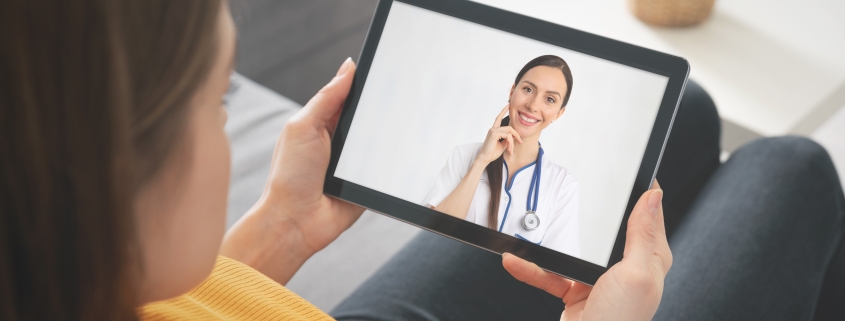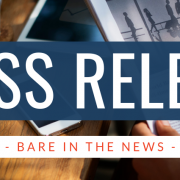Healthcare Digital Adoption: Telemedicine Up 2000%
‘Consumer electronics like phones or laptops are now essential medical technology, as doctors visits have transitioned from medical offices to your home. Via, of course, video live-streaming. “Vonage drives virtually all of the major telehealth providers throughout the world,” says CEO Alan Masarek recently on the TechFirst podcast. “And we’ve seen literally in the last month a 2,000% increase in video usage in the telehealth vertical.”’ BARE shares an article by John Koetsier for Forbes Consumer Tech on the unprecedented increase in telehealth and online video usage as industries shift into digital adoption amongst COVID-19.
As much as our entire reality in the Coronavirus era, this massive increase in video usage is unprecedented. Masarek says he’s never seen anything like it before.
“No, not in such a short period of time. It is just this amazing spike.”
One customer, Doxy.me, reported 139,000 new providers — doctors, medical offices, healthcare professionals — in just one week. They served 1.35 million patients in that week, averaging almost 21 million video minutes for 170,000 calls each day. Another customer, Doctolib, is doing 100,000 video consultations every single day.
It’s unprecedented, but we probably shouldn’t be surprised.
Essentially what we’re seeing is the wholesale shift of an entire profession from physical to digital spaces. With around a million active doctors in the U.S., that’s a lot of visits to replace: easily 20 to 30 million each and every day.
Amazingly, our internet hasn’t crumbled under the strain.
“It’s a micro-services architected solution that’s run fully on the public cloud,” Masarek says. “So as you see one element spike, like we’re seeing with video, you have limitless scalability. And so that’s been very, very important to accommodate in virtually overnight fashion this massive increase in volume while maintaining very high quality video, very high security levels.”
Not everything works on video and audio, however.
It’s hard to take a pulse, or check reflexes by bouncing a mallet on your knee. It’s hard to listen to a patient’s breathing, or take a close look at a skin condition.
New technology could help, of course. Your smartwatch could probably send doctors data on your pulse, EKG data, as well as activity data, and maybe even your blood pressure. Other wearable technology devices could provide data on temperature, sleeping habits, activity, blood oxygen levels, and more.
But they would need to be widespread, and there would need to be safe, privacy-compliant ways to transmit the data.
Masarek says he thinks this is simply the acceleration of a trend that has long-term potential, and that telemedicine will keep growing even if the current COVID-19 social distancing restrictions are lifted.
“I think that slope may not be as steep as it is right at this moment, but that slope is going to remain very steep because it’s the perfect way to triage healthcare,” he told me. “So rather than waiting for a hospital admission, an ER admission, or even just going to your local physician, an opportunity for someone to see you immediately and assess what’s going on with you as a patient, is critically important, and I think you’re going to see more of that.”
The full transcript of our conversation is available here.’
Read the original article here.
For more information on how we can help you measure your healthcare team’s engagement and impact, BARE is offering virtual mystery insights. Find out more here!
Disclaimer of endorsement: Any reference obtained from this article to a specific product, process, or service does not constitute or imply an endorsement by BARE International of the product, process, or service, or its producer or provider.










